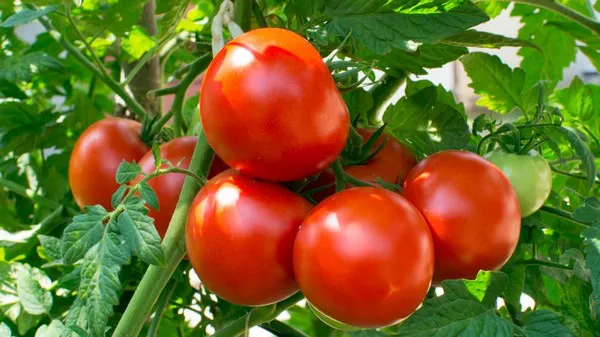Tomatoes are a beloved and versatile fruit in the culinary world, prized for their vibrant flavor and nutritional benefits. Whether grown in backyard gardens or on a commercial scale, tomato plants are susceptible to a variety of pests that can compromise their health and yield. However, with proper care and proactive measures, it is possible to prevent pest infestations and ensure a bountiful harvest of healthy tomatoes. In this article, we will discuss effective strategies for protecting your tomato plants from common pests.
Cultivate Healthy Soil:
Healthy soil is the foundation of a thriving garden, and it plays a crucial role in preventing pest problems. Start by amending your soil with organic matter such as compost or aged manure to improve its structure and fertility. Healthy soil supports strong root development, which in turn helps plants withstand pest attacks.
Choose Resistant Varieties:
When selecting tomato varieties to grow in your garden, consider choosing those that are known for their resistance to common pests. Many modern tomato cultivars are bred for resistance to specific insects and diseases, making them less susceptible to infestation. Look for varieties labeled as resistant to pests such as aphids, tomato hornworms, and whiteflies.
Practice Crop Rotation:
Crop rotation is a time-tested method for preventing pest buildup in the soil. Avoid planting tomatoes in the same location year after year, as this can lead to a buildup of pest populations in the soil. Instead, rotate your tomato plants with crops from different botanical families to disrupt pest cycles and reduce the likelihood of infestation.
Maintain Good Hygiene Practices:
Good hygiene practices can help prevent the spread of pests and diseases in your garden. Remove any debris, weeds, and fallen fruit from the garden regularly, as these can harbor pests and provide breeding grounds for diseases. Keep your garden clean and tidy to minimize opportunities for pests to establish themselves.
Attract Beneficial Insects:
Encouraging populations of beneficial insects in your garden can help keep pest populations in check naturally. Plant flowers such as marigolds, calendula, and alyssum to attract predatory insects such as ladybugs, lacewings, and parasitic wasps, which feed on common tomato pests like aphids and caterpillars.
Use Floating Row Covers:
Floating row covers are lightweight fabric covers that can be placed over tomato plants to create a physical barrier against pests. These covers allow sunlight, air, and water to reach the plants while excluding pests such as aphids, whiteflies, and caterpillars. Use floating row covers early in the season to prevent pest infestations before they become established.
Implement Integrated Pest Management (IPM) Practices:
Integrated Pest Management (IPM) is a holistic approach to pest control that emphasizes prevention, monitoring, and the use of multiple tactics to manage pest populations effectively. By combining cultural, mechanical, biological, and chemical control methods, IPM aims to minimize the use of pesticides while maximizing pest control efficacy.
Monitor for Signs of Pest Infestation:
Regular monitoring is essential for detecting pest problems early before they escalate into full-blown infestations. Inspect your tomato plants regularly for signs of pest damage, such as chewed leaves, discolored foliage, and insect activity. By catching pest problems early, you can take swift action to address them before they cause significant damage to your plants.
Practice Timely Pest Control Measures:
If pest infestations do occur, it’s essential to take prompt action to prevent them from causing extensive damage to your tomato plants. Depending on the severity of the infestation, you may need to use various pest control methods, including hand-picking pests, spraying insecticidal soap or neem oil, or applying organic pesticides as a last resort.
Provide Adequate Water and Nutrients:
Proper watering and fertilization are essential for maintaining healthy tomato plants that can withstand pest pressure. Ensure your tomato plants receive an adequate and consistent water supply, as fluctuations in soil moisture can stress plants and make them more susceptible to pests. Additionally, fertilize your plants regularly with a balanced organic fertilizer to promote robust growth and resilience.
Conclusion:
Protecting your tomato plants from pests requires a combination of proactive measures, careful observation, and timely intervention. By cultivating healthy soil, choosing resistant varieties, practicing crop rotation, and implementing integrated pest management practices, you can minimize the risk of pest infestations and enjoy a plentiful harvest of delicious tomatoes. By following the strategies outlined in this article, you can successfully prevent pests on your tomato plants and ensure a successful growing season.


